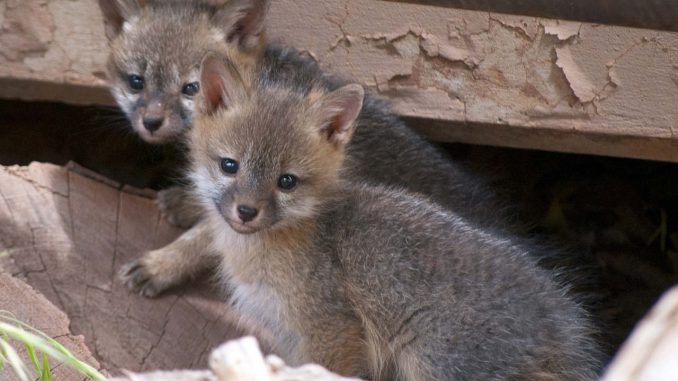
Hunting Tips For Gray Foxes
When looking for gray foxes, you must first know how to identify the different types of gray foxes. There are three types of gray foxes, two of which are domestic and the other two are wild. There are several subtypes, each with its own characteristics, but there is no difference between them. However, the two domestic subtypes tend to look more alike than do the wild subtypes.
The domestic subtype is a much smaller animal that grows to be no larger than a medium-sized dog. They have large eyes, long, dark ears, and bushy tails. This subtype is so small that they have no thick covering of fur; they all have hair on their bodies.
The second domestic subtype is the grizzly. This subtype has long, coarse fur that resembles that of a wolf. In this subtype, a large guard hair grows on top of the skull. The guards are especially large, covering the entire skull and frontal area.
The last subtype of the gray fox is the cougar. A large, blunt nose and large, tusks grow from the corner of the mouth. Cougars have four legs, claws, and long, slightly curved toes. Some cougars are known to have very sharp claws and this may have been the reason for the clawing habit.
You should try to find gray foxes in areas where their diet will fit in easily. They tend to eat insects and small mammals. Their diet can consist of a variety of insects, such as crickets, grasshoppers, aphids, moths, and flies. You should not feed them more than about twenty different types of insects a day. For mice, try to find one breed that prefers to live in your yard, and keep the other rodents outside. When hunting, the food that you will see most commonly is mice. You should also see a gray fox running at night, which indicates they will have been out hunting. They also should have two different kinds of fur on their body, the fur of the tail and the fur on the body.
If you plan to hunt in the fall, then you will probably have better luck when you hunt in the morning. However, if you hunt in the summer months, or near dusk, then you may not be able to see many of them.
